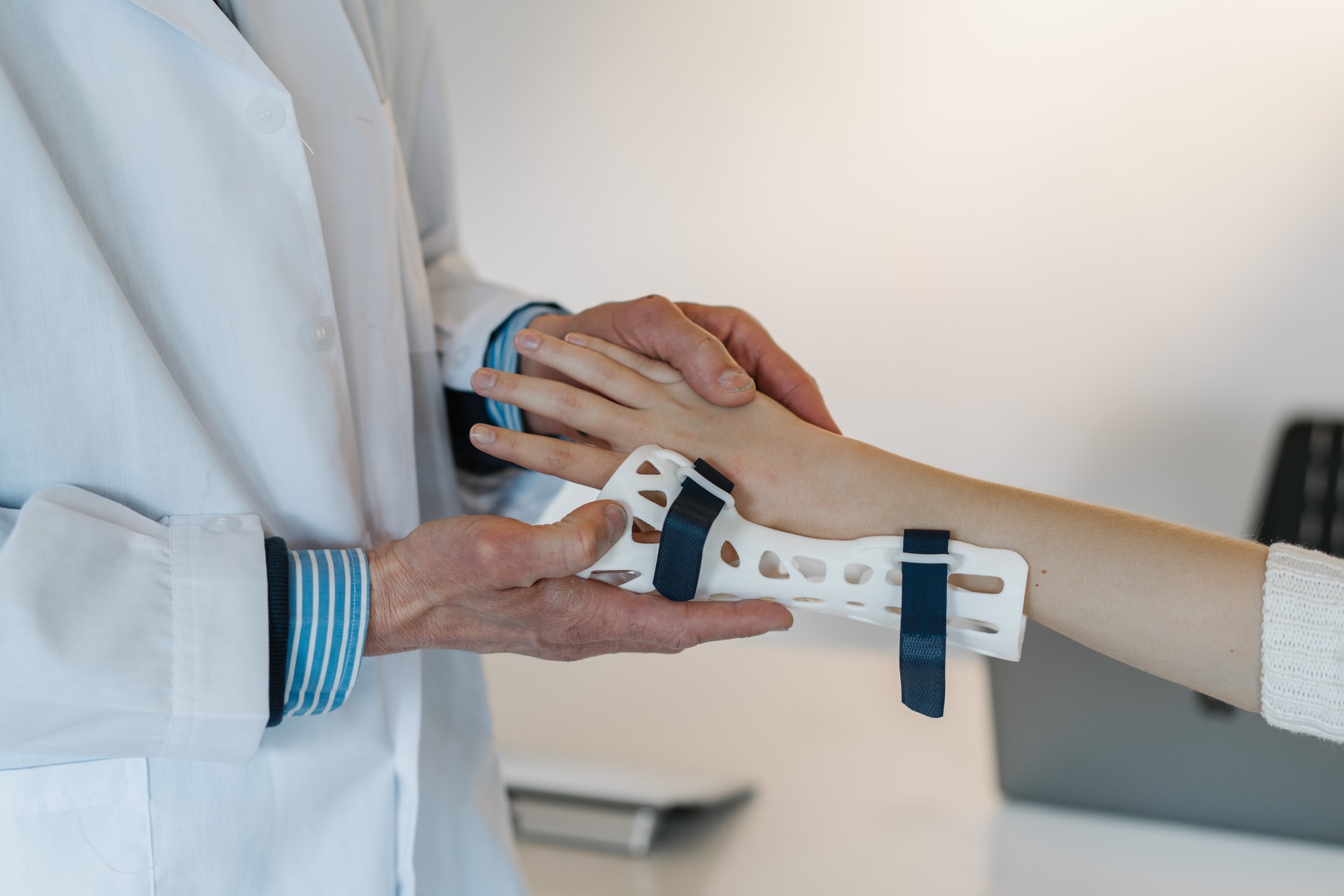3D-printing hollow structures
4. 1. 2021 | IEEE Spectrum | spectrum.ieee.org
Conventional 3-D printing creates items layer by layer. However, this approach runs into problems when generating hollow objects, since overhanging features will naturally collapse without anything supporting them from underneath.
Now scientists in Germany have invented a new technique called "xolography" capable of significantly greater speeds and higher resolutions than previous volumetric approaches, research detailed in the journal Nature earlier this month. They’ve developed a startup dubbed xolo to commercialize their work.

The new technique uses two kinds of light to print. First, a rectangular sheet of ultraviolet light excites a thin layer of special molecules within the resin from an initial dormant state to a latent state. Next, an image of a slice of the printed object is projected onto this sheet using white light, hardening only the activated resin. "Xolography," pronounced "ksolography," refers to how crossing ("x") light beams can generate entire ("holos") objects in this printing ("graphia") technique.
Read more at IEEE Spectrum
Image Credit: Unsplash
-jk-




